Decentralized Physical Infrastructure Networks (DePIN) are rapidly transforming the way real-world services are delivered, and Solana’s high-performance blockchain is at the forefront of this revolution. For users seeking early-user rewards, airdrop eligibility, or simply a chance to participate in next-generation infrastructure before tokens go live, tracking the right projects is critical. This guide spotlights nine of the most promising tokenless DePIN projects on Solana: networks that have not yet launched their native tokens but offer substantial incentives for early engagement. Whether you’re a DePIN builder, airdrop hunter, or investor looking for asymmetric upside, these networks should be on your radar.

Why Track Tokenless DePIN Projects on Solana?
Solana’s throughput and low fees have made it a magnet for decentralized infrastructure innovation. Many DePIN protocols delay their token launches to build robust networks and incentivize grassroots participation through point systems or testnet rewards. For savvy participants, this creates opportunities to earn future tokens by contributing data, running nodes, or testing new features, often before mainstream awareness catches up.
The following curated list covers nine standout projects that are actively rewarding early contributors with points or off-chain credits that are expected to convert into token allocations upon mainnet launch. These opportunities often favor hands-on users willing to provide value during formative stages.
Top 9 Tokenless Solana DePIN Projects to Watch
-
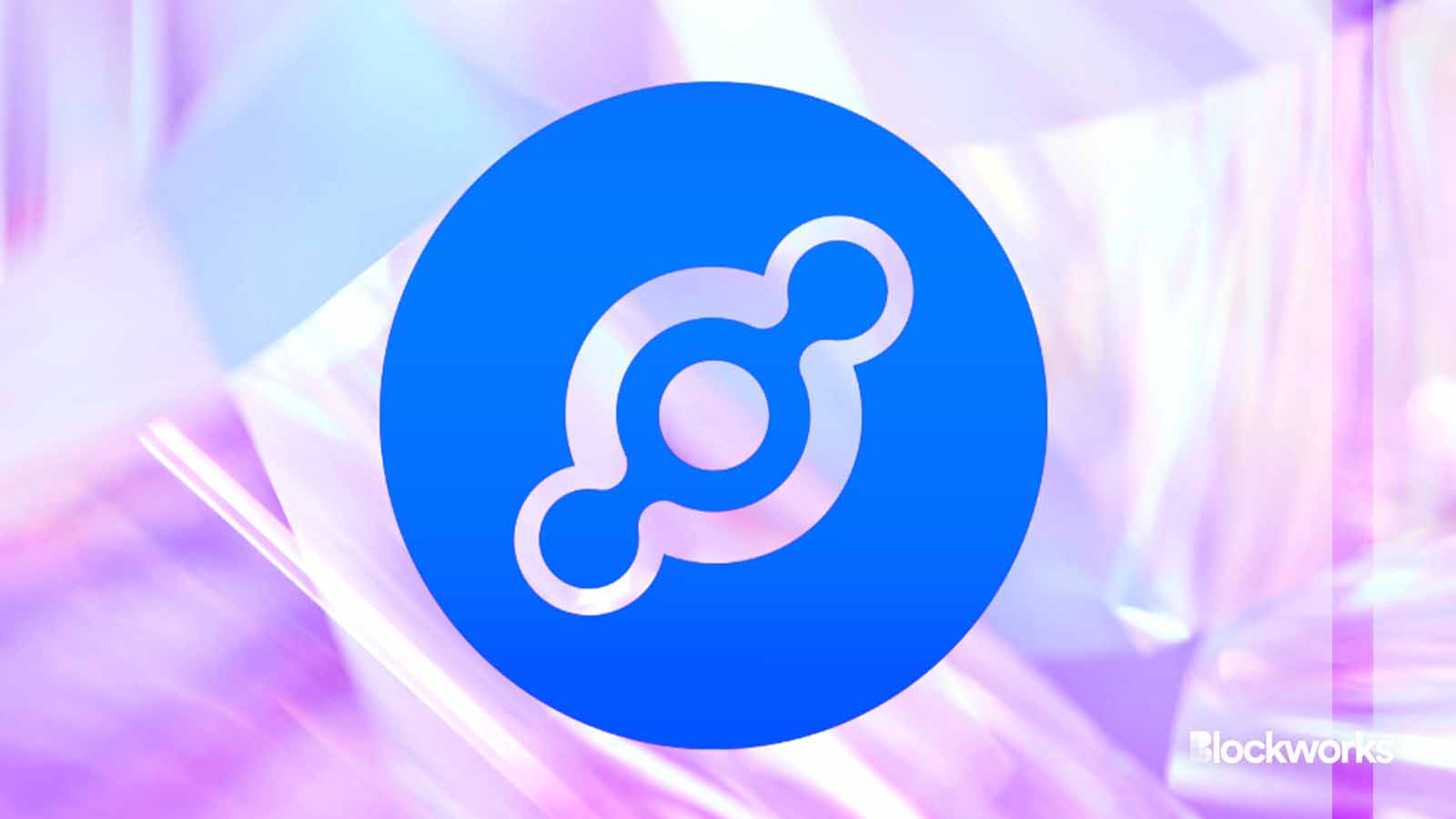
Helium Mobile: A decentralized wireless network providing affordable cellular coverage and incentivizing users to run mobile hotspots. Early participants can earn points and potential airdrop rewards once tokens launch.
-
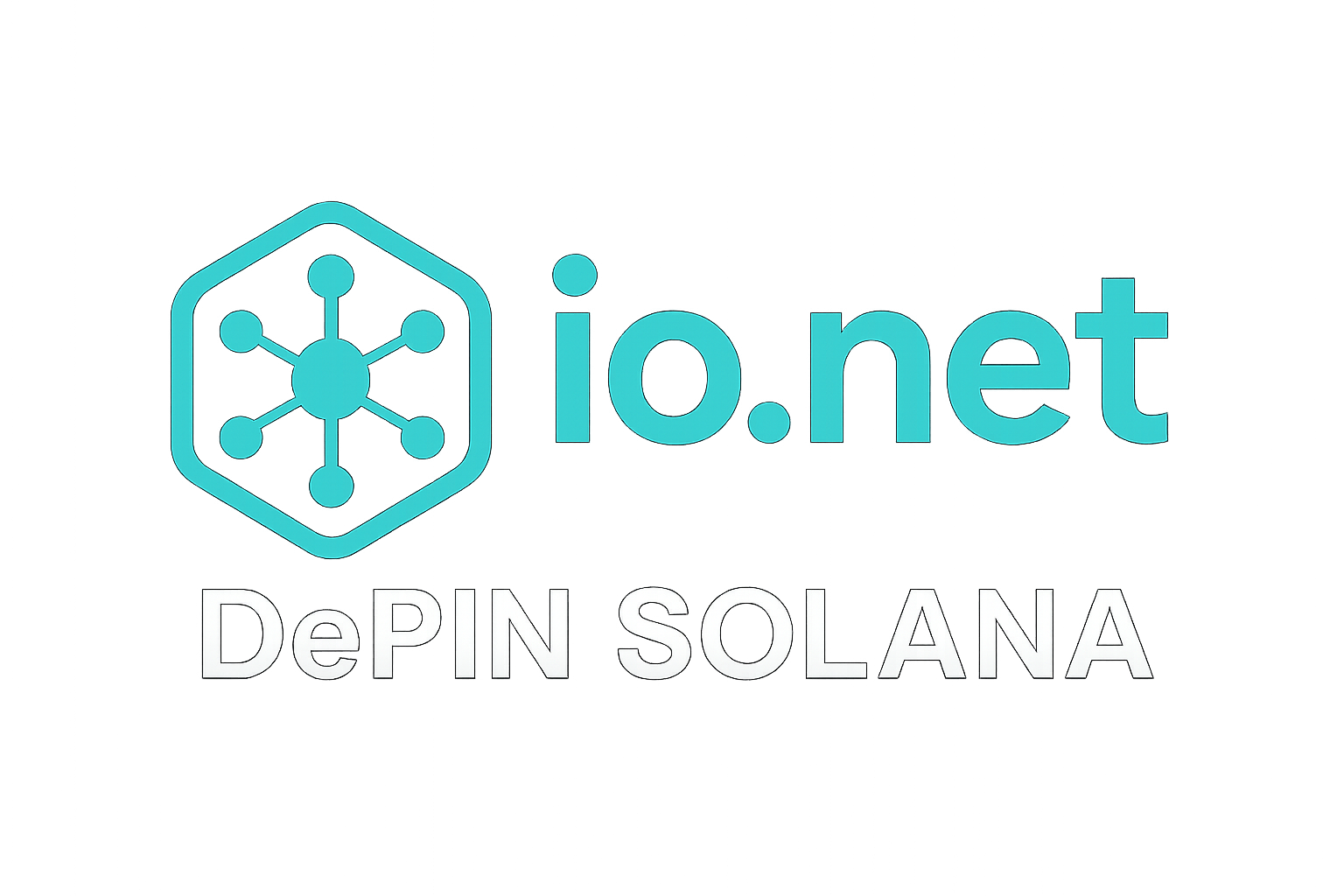
io.net: A decentralized cloud computing platform that leverages idle GPU resources for AI and machine learning tasks. Users can join the testnet and earn points toward future rewards.
-
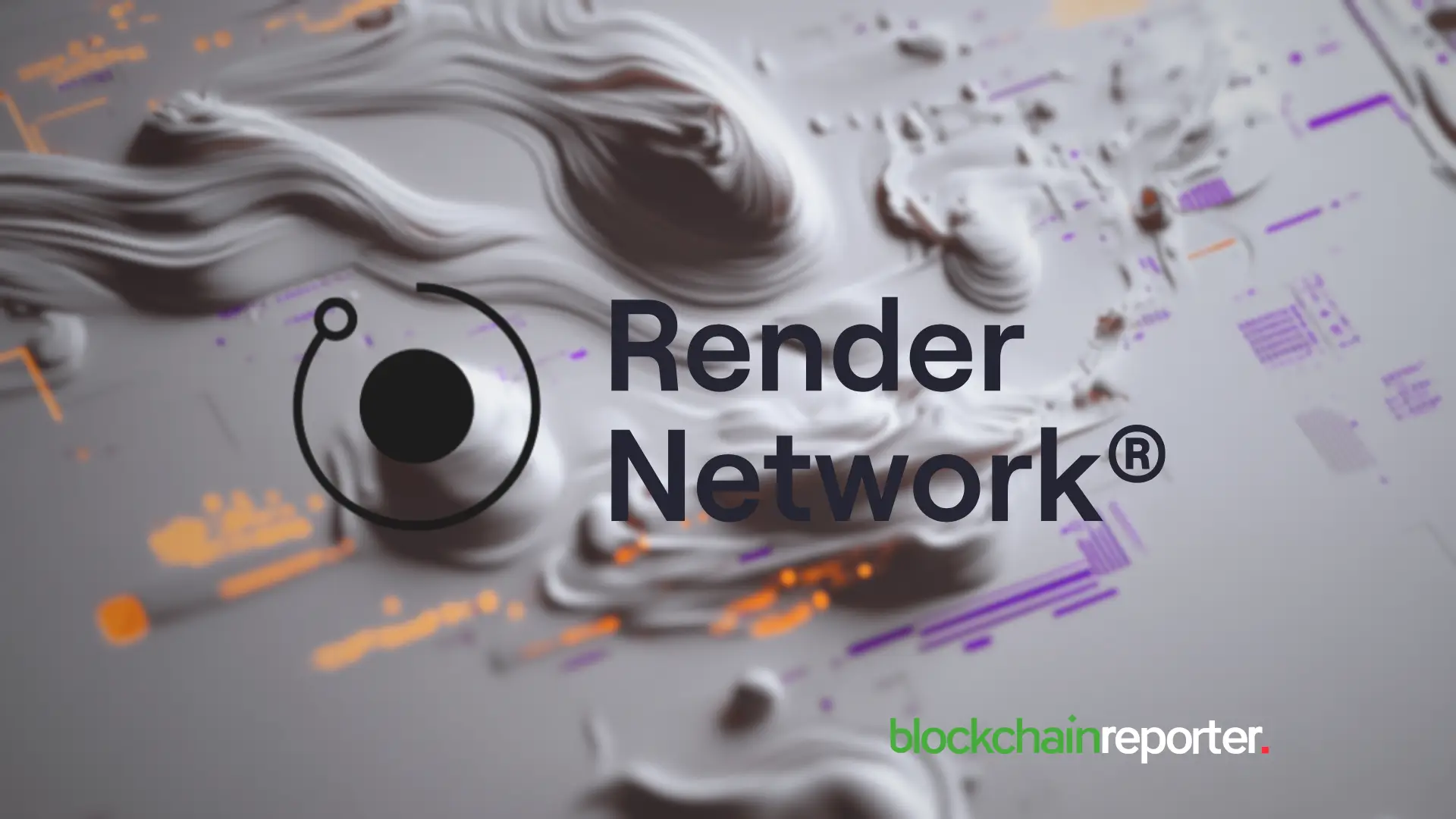
Render Network (RNDR): A decentralized GPU rendering network migrating to Solana, enabling users to contribute computing power for 3D rendering and earn points for future token rewards.
-
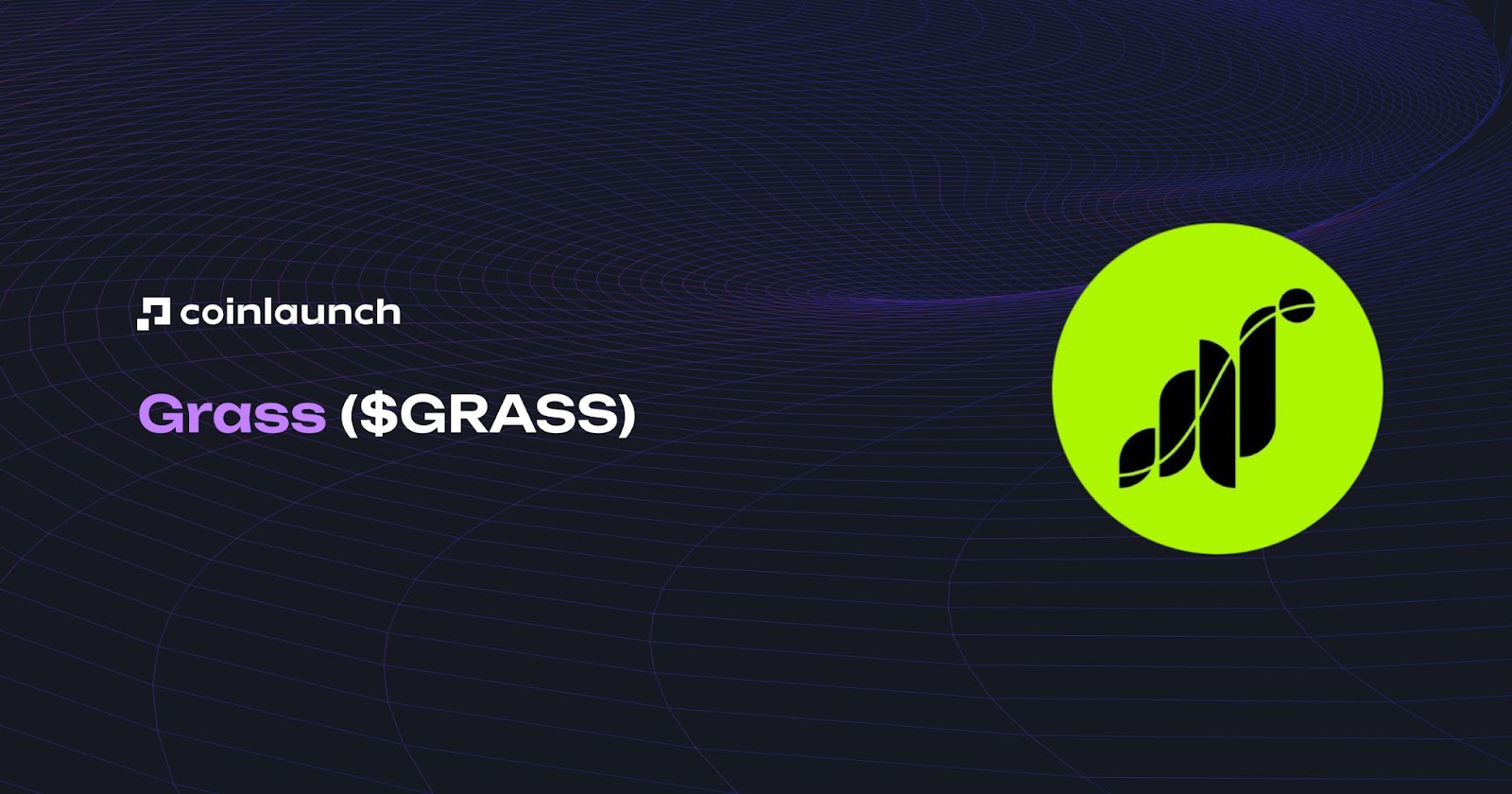
Grass: A decentralized bandwidth sharing protocol where users share unused internet bandwidth and earn points, positioning themselves for future airdrops and rewards.
-
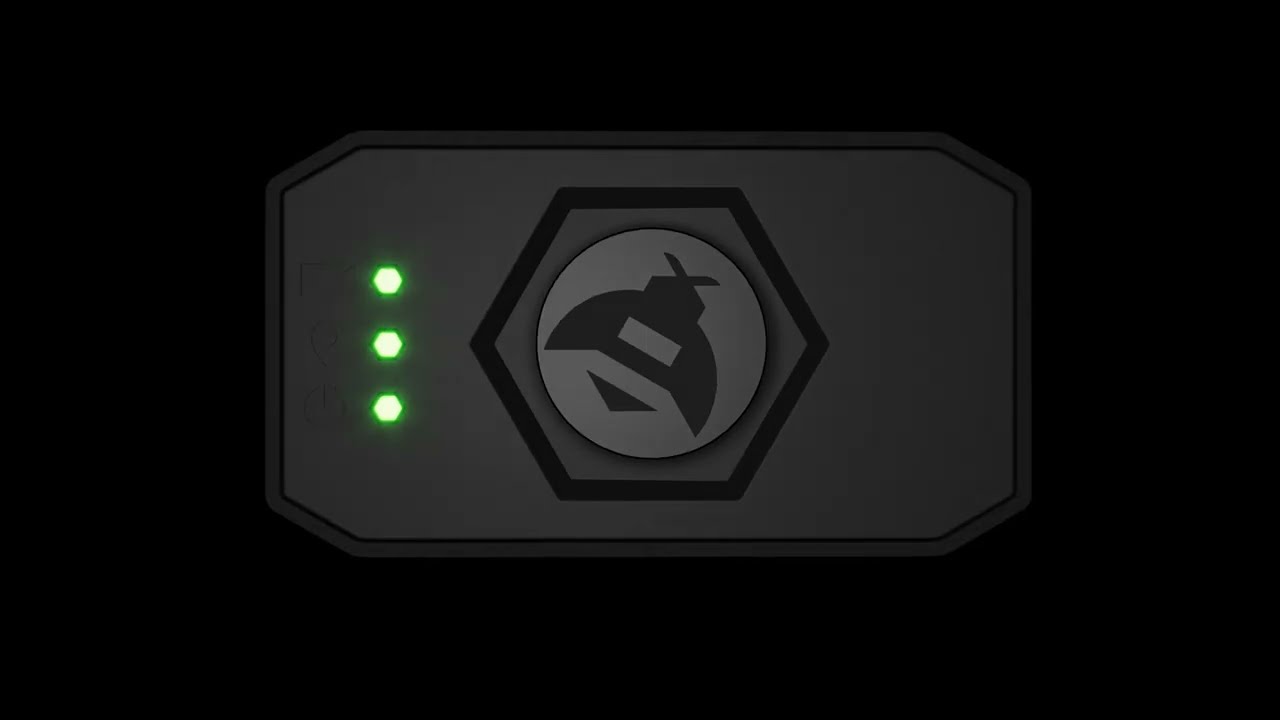
Hivemapper: A decentralized mapping network that rewards contributors for collecting street-level imagery, building a global map with future token incentives for early mappers.
-
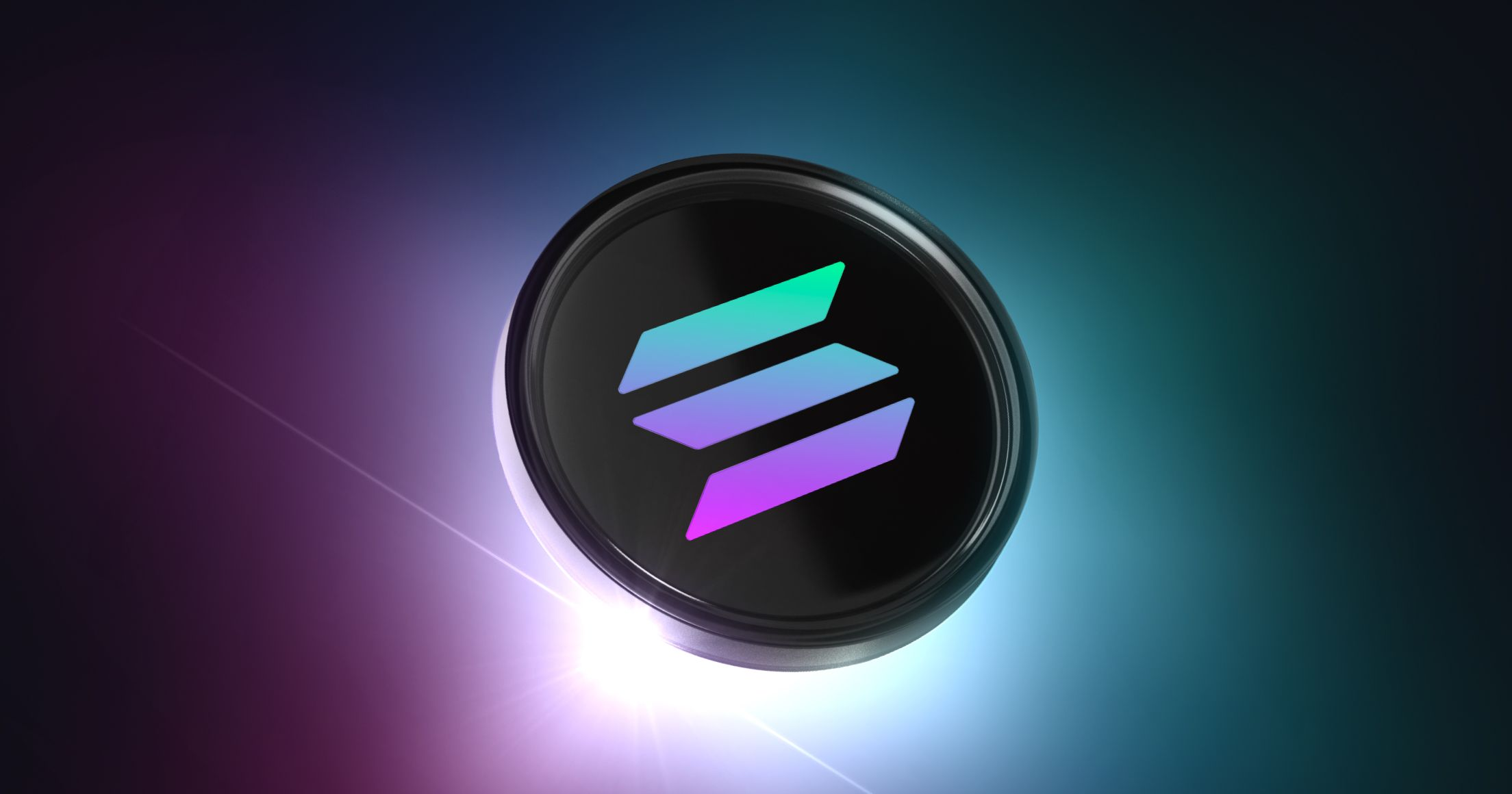
Nosana: A decentralized compute marketplace on Solana, allowing users to offer spare CPU resources and earn points, with token rewards expected for early adopters.
-
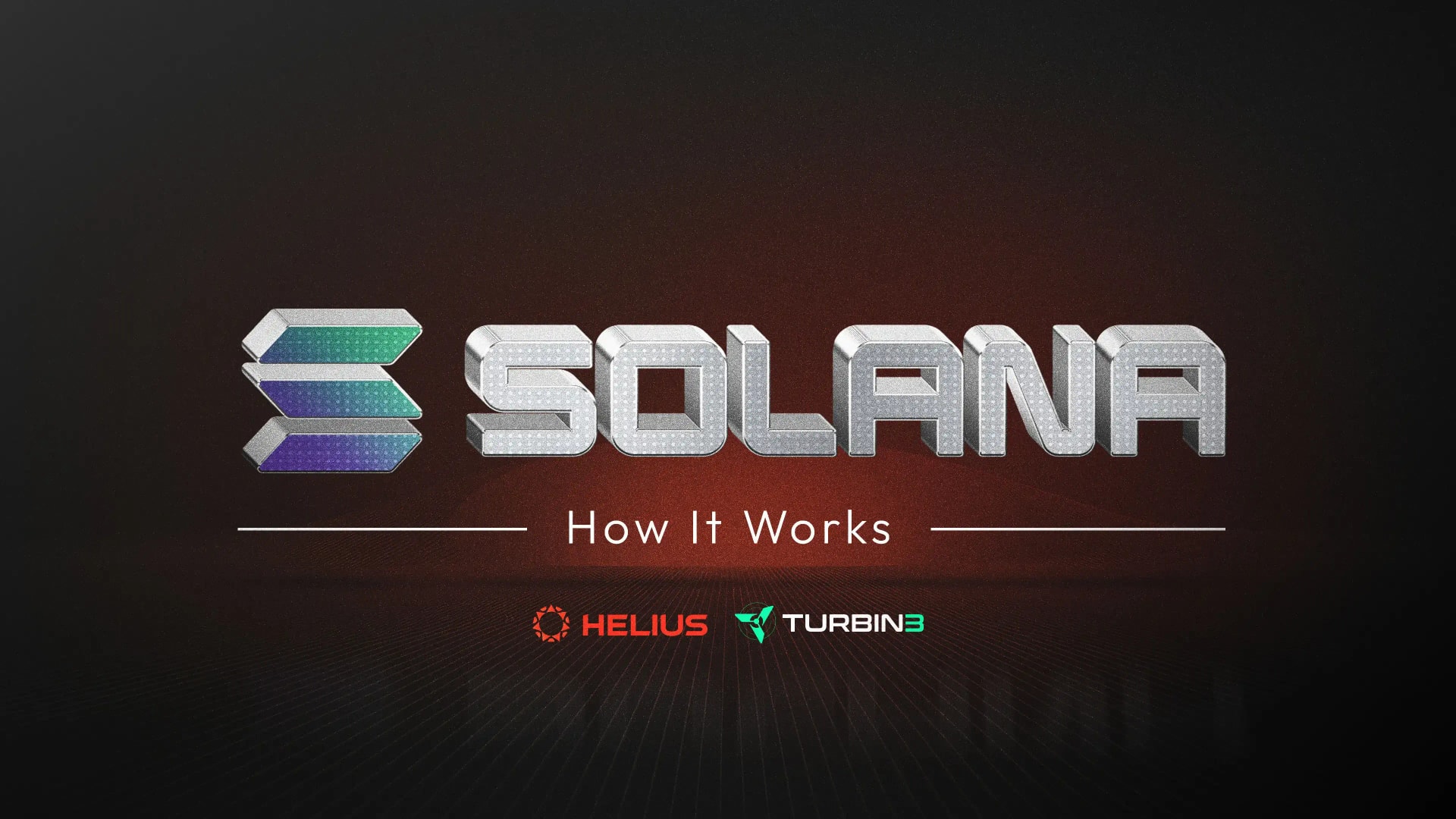
Ping Network: A decentralized wireless infrastructure network focused on providing low-latency connectivity. Early users can participate in the testnet and earn points for upcoming airdrops.
-
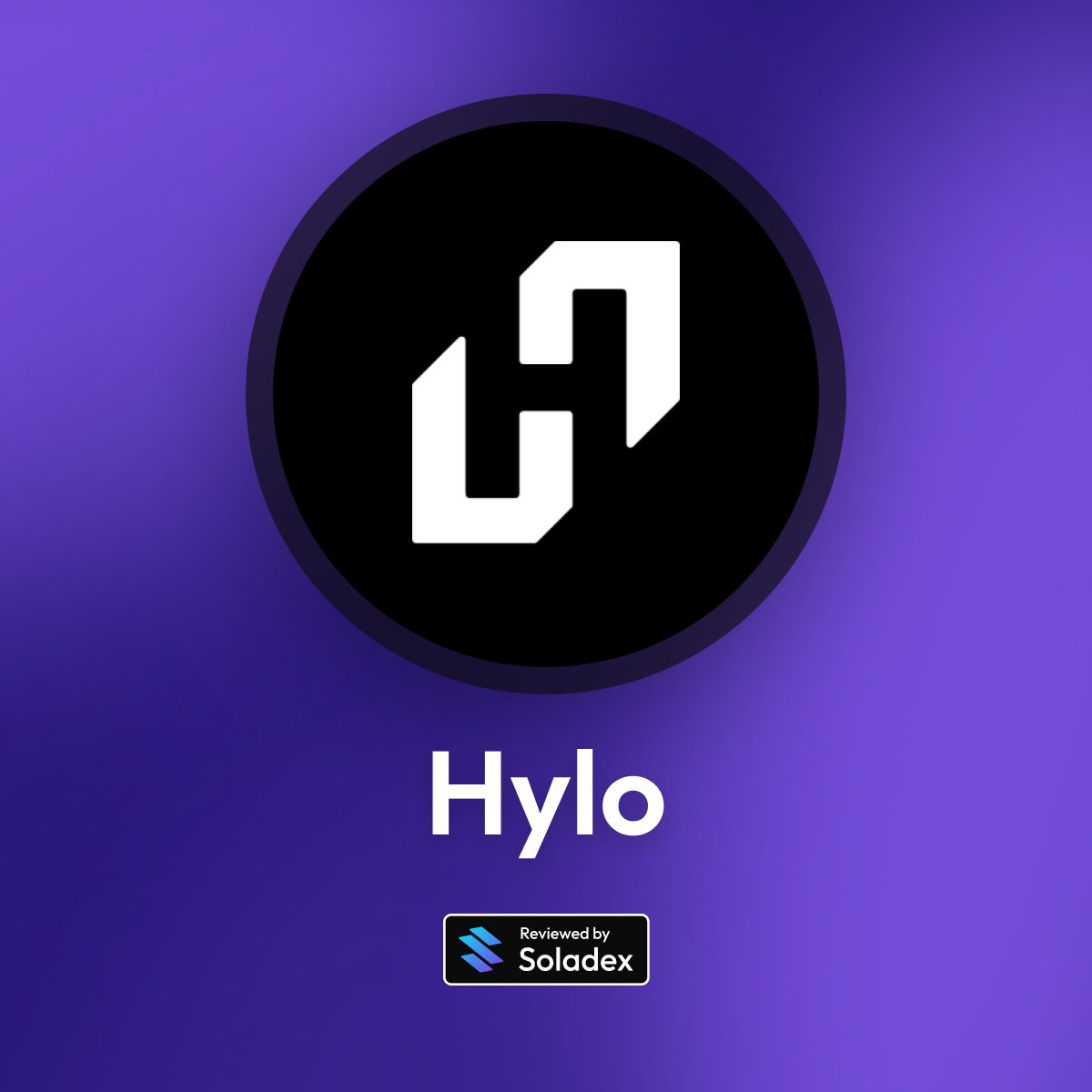
Hylo Network: A decentralized edge computing protocol on Solana, enabling users to contribute computing power and earn points toward future token rewards.
-
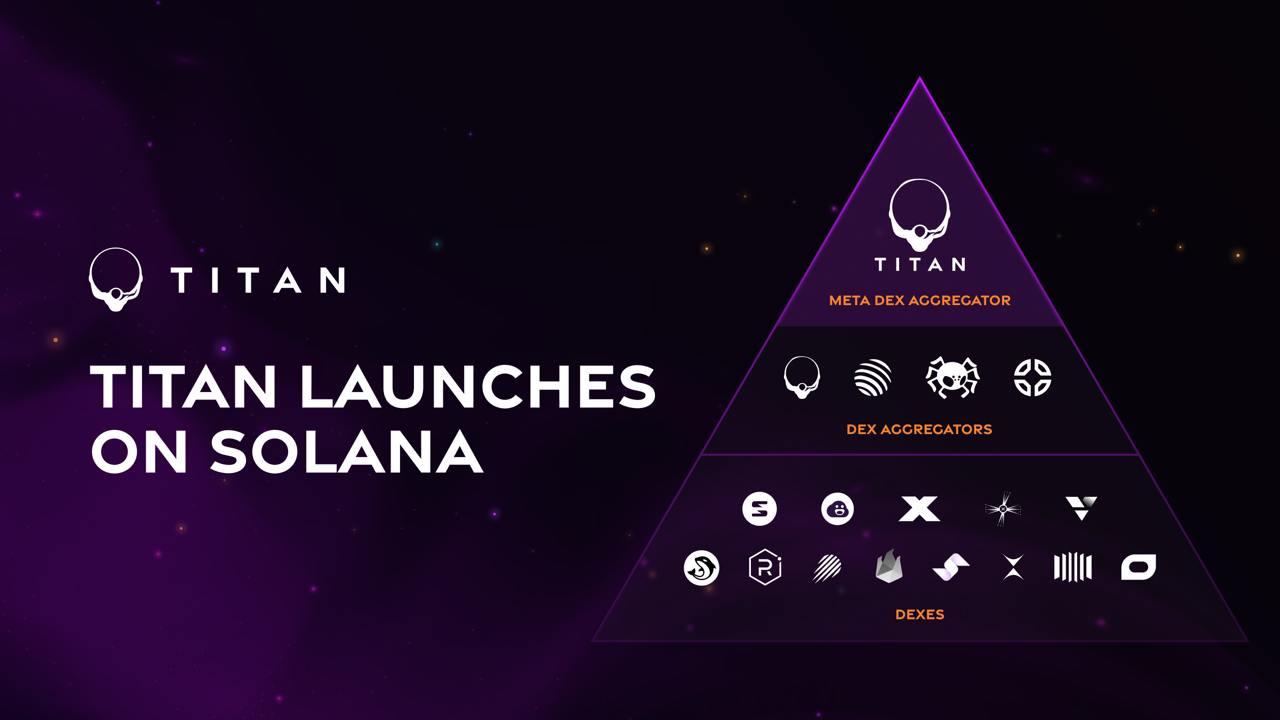
Titan: A decentralized storage and compute network where users can share resources and earn points, positioning themselves for future token distributions.
The 2025 Solana DePIN Tracker: Top Networks for Early-User Rewards
1. Helium Mobile
Building on Helium’s migration to Solana, Helium Mobile is pioneering decentralized wireless coverage for mobile devices. By running hotspots or participating in coverage mapping, users accrue points that may translate into future token rewards. The network’s focus on real-world utility and its established user base make it one of the most credible DePIN opportunities on Solana right now.
2. io. net
io. net is assembling a distributed cloud computing marketplace where anyone can contribute idle GPU resources in exchange for points, the precursor to future IO tokens. With growing demand from AI and machine learning workloads, io. net’s potential impact spans far beyond Web3 natives.
3. Render Network (RNDR)
Render Network leverages Solana’s speed to decentralize GPU rendering power for creators and developers worldwide. While RNDR tokens exist on Ethereum, Render’s upcoming native integration with Solana opens new doors for early contributors, especially those participating in testnets or resource sharing initiatives ahead of full migration.
4. Grass
Grass aims to democratize access to unused bandwidth by letting users share their internet connections securely via browser extensions or dedicated devices. In return, participants earn points that are expected to convert into tokens upon mainnet launch, a model reminiscent of successful Web3 incentivization strategies seen elsewhere in the ecosystem.
Mapping and Data Networks: Hivemapper and Beyond
5. Hivemapper
Hivemapper revolutionizes global mapping by crowdsourcing street-level imagery through custom dashcams and mobile apps. Contributors accumulate HONEY points (redeemable for future tokens) as they map new roads or validate data quality, fueling one of the world’s largest open-source map initiatives anchored on blockchain transparency.
For more details about how Hivemapper leverages Solana infrastructure for scalable reward distribution, see this analysis.
6. Nosana
Nosana focuses on decentralized compute power tailored specifically toward CI/CD pipelines, a major pain point in modern software development workflows. By contributing spare CPU cycles via testnet participation or node operation, users accumulate off-chain credits with explicit plans for future token conversion upon mainnet deployment.
The next section will explore Ping Network, Hylo Network, Titan, and how these emerging protocols are shaping user incentives across connectivity and sensor-based applications within the broader Solana DePIN tracker landscape.
7. Ping Network
Ping Network is a decentralized connectivity protocol designed to optimize real-time communication and IoT device management. By running validator nodes or participating in network diagnostics, early users collect points that are earmarked for future token distributions. The project’s emphasis on ultra-low-latency data transfer positions it as a backbone for next-generation DePIN applications, especially those requiring rapid, secure device-to-device interactions.
8. Hylo Network
Hylo Network is building an open sensor and data-sharing marketplace on Solana, targeting applications in smart cities, logistics, and environmental monitoring. Early participants, whether they’re deploying sensors, contributing data feeds, or helping validate information, can earn Hylo points, which are expected to be convertible into tokens when the protocol launches its native asset. Notably, Hylo has attracted attention for its rigorous approach to data quality and transparent reward mechanics.
9. Titan
Titan rounds out our list as one of the most innovative testnet opportunities in the Solana DePIN ecosystem. Focused on decentralized storage and edge compute solutions, Titan incentivizes users to run nodes or provide excess disk space during its ongoing test phases. The network uses a point-based system for tracking early contributions, with clear signals from the team about future token allocations tied to these efforts. As demand for decentralized storage grows alongside AI and big data trends, Titan’s model is well positioned for outsized growth.
Maximizing Early-User Rewards: Strategies and Risks
The surge in Solana DePIN airdrops and point-based reward systems has created a new playbook for crypto-native users:
- Diversify participation: Engage with multiple networks (run nodes on Helium Mobile and Titan, contribute mapping data to Hivemapper, share bandwidth via Grass) to maximize your exposure across different reward models.
- Stay active in testnets: Many projects, like Nosana and Ping Network, prioritize consistent contributors during their earliest phases when allocating points or credits.
- Monitor official channels: Follow project updates on Twitter/X and Discord to catch snapshot dates or changes in eligibility criteria that could impact your eventual rewards.
- Avoid scams: Only interact with verified apps; never share your private keys or seed phrases when claiming points or joining new networks.
Which Solana DePIN project are you most excited to earn early-user rewards from?
Solana’s DePIN ecosystem is booming with innovative, tokenless projects offering early-user rewards, airdrops, and other incentives. Which of these top networks are you most eager to participate in for potential future gains?
The Road Ahead: What Sets These Projects Apart?
The nine projects highlighted here are more than just speculative airdrop plays, they represent the vanguard of decentralized infrastructure innovation on Solana. Each leverages unique incentive mechanisms tailored to their target markets: Helium Mobile’s real-world coverage incentives, io. net’s GPU resource pooling for AI workloads, Render’s cross-chain rendering economy, Grass’s bandwidth democratization model, Hivemapper’s crowdsourced mapping engine, Nosana’s developer-centric compute grid, Ping Network’s low-latency IoT backbone, Hylo’s sensor-data marketplace vision, and Titan’s edge storage architecture.
The common thread? All remain tokenless, rewarding risk-tolerant early adopters who actively help bootstrap these networks before mainstream adoption, and before tokens hit exchanges. This creates asymmetric opportunities not only for financial upside but also for shaping the direction of next-generation infrastructure protocols built atop Solana’s high-speed rails.
If you’re seeking actionable alpha within the fast-evolving DePIN sector, whether as an investor hunting future airdrops or as a builder looking to join communities at ground level, the projects above should be at the top of your watchlist. For further research into leading DePIN protocols on Solana (including Helium Mobile and Hivemapper), see the curated overview at Flagship. fyi.






